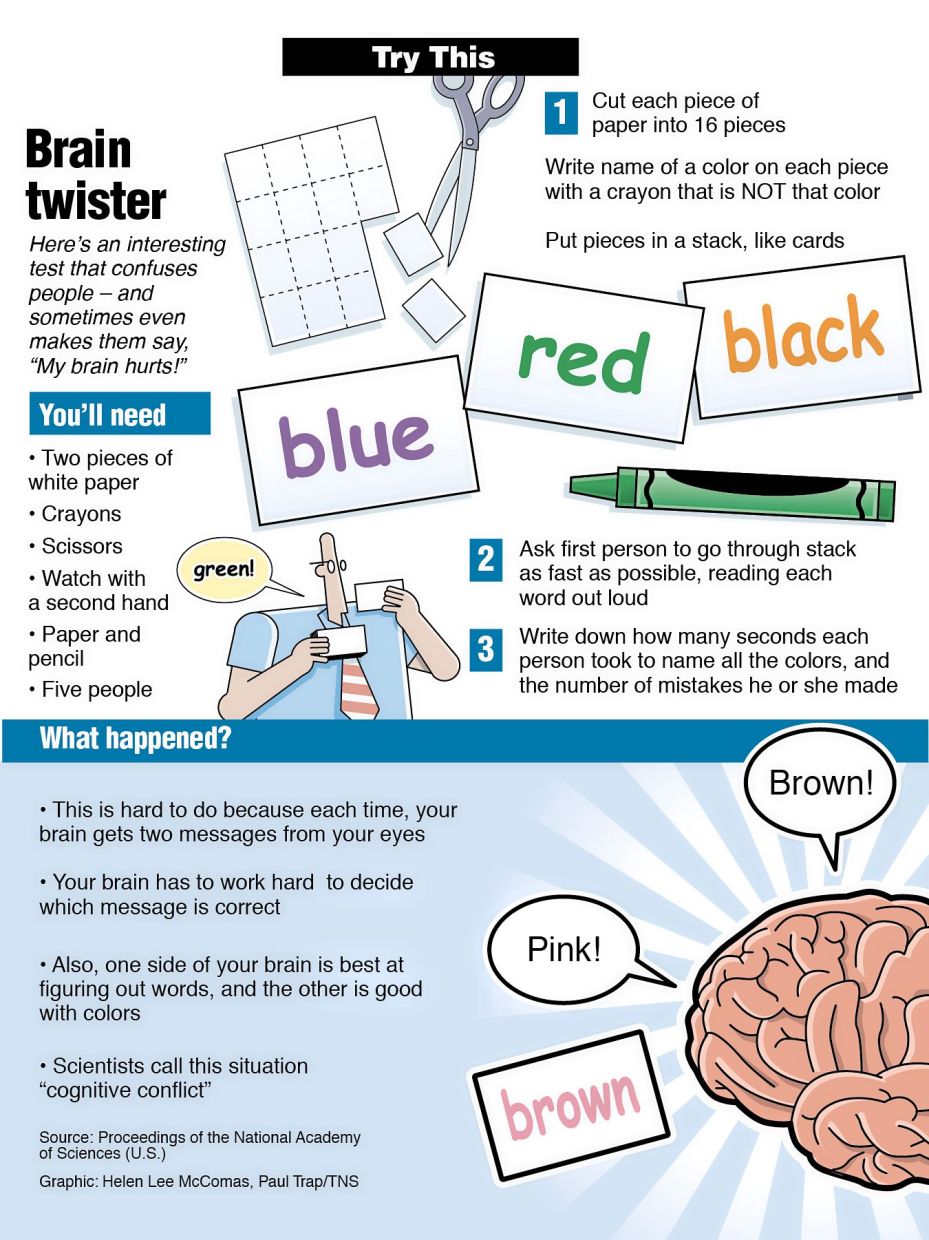Asher Wang Qi Chuen, 6
Today, let’s explore the enchanting world of butterflies. These tiny, colourful creatures are like nature’s living paintings, dancing through the air with grace and beauty.
Did you know that butterflies start their incredible journey as caterpillars?
These fuzzy little creatures munch on tasty leaves, growing bigger and stronger every day. After a magical transformation, called metamorphosis, they emerge from their chrysalis as stunning butterflies, ready to explore the world.
One of the most amazing things about butterflies is their dazzling ‘wardrobe’.
With colours ranging from vibrant reds to cool blues and every shade in between, they are like flying rainbows. These colours aren’t just for show – they help butterflies hide from predators and attract friends during a mesmerising dance called courtship.
Butterflies are also world travellers. Some species embark on incredible journeys, flying thousands of miles across continents. The Monarch butterfly, for example, travels from North America all the way to Mexico, a distance that would be like you and your friends travelling around the world.
These delicate creatures are not just pretty; they play an essential role in nature. As they flit from flower to flower, sipping nectar with their long, straw-like tongues, they help pollinate plants. Imagine if butterflies took days off – we might not have some of our favourite fruits and flowers.
So, the next time you see a butterfly gracefully floating by, remember the incredible journey it took to become a butterfly. Whether they’re sipping nectar, hiding from predators, or spreading pollen, butterflies are truly nature’s tiny miracles, making our world a more colourful and vibrant place. Keep your eyes wide open, young explorers, and who knows what wonders you might discover in the magical world of butterflies.
Here are the letters from Starchild readers on the topic, Butterflies.
“Butterflies are interesting insects; their abdomen has holes for them to breathe, they can only fly if they are warm enough, they drink liquid like nectar for food and taste with their little feet. They are God’s beautiful creation,” says Asher Wang Qi Chuen, six.
Older sibling Bethany Wang Qi Syuen, eight, thinks it’s amazing that there are so many types of butterflies in the world. “Butterflies range from the largest Birdwing butterflies to the beautiful Monarch butterflies. The male Queen Alexandra birdwing butterfly is smaller than its female but is much more colourful. While the female is the largest butterfly and brown like a moth.”
“A butterfly is an insect. All insects have six legs. A butterfly’s front wings are very big. They are twice the size of its body. However, the back wings are small. How the butterfly eats is quite fascinating. It has a long ‘stick’ on its head. It uses it to suck the pollen out of the flower and then it eats it. Yes, pollen is food for butterflies. There are thousands of butterfly varieties in the world,” says Feivul Lee, 10.
Low Ying Xi, 11, shares interesting facts about butterflies. “Long ago, while Dutch scientists were studying butterflies, they took a look at the butterflies’ poop. They noticed that the droppings looked like butter. The scientists, therefore, named the insect as butterfly. Butterflies taste with their feet. It will sound very strange to us, humans, but butterflies do rely on their feet to taste food. Their feet have the taste sensors to help them locate the food for their children – caterpillars. Butterflies would stand on a leaf and taste it. If it is safe enough for the caterpillars to eat, they will then lay their eggs on the leaf. Butterflies use a long tube-like tongue called proboscis to eat. It works like a straw allowing butterflies to slurp up liquids like nectar, tree sap and rotting fruits.”
Chuah Seng Koon, seven, says butterflies are interesting insects.
“Butterflies have different kinds of beautiful colours. Their wings also have various patterns. Butterflies feed on nectar. Their life stages – egg, caterpillar, chrysalis and then transform into a gorgeous butterfly. Butterflies do not have a mouth. They use their tongues to suck up nectar, a process called proboscis. Is it true that butterflies can live for only two weeks? Isn’t this sad?”
ITEM: Isn’t it delightful that we have school holidays? Imagine the stress if school just went on and on without any breaks. Our topic for this week is: What do you like to do during the school holidays?
E-mail your contributions to lifestyle@thestar.com.my by Dec 8. Please put “STARCHILD: School Holidays” in the subject line of your e-mail.
Scanned drawings should be in jpeg format, with a resolution of 200 dpi. Your contributions must carry your full name, age (open to children aged 12 and below only), gender, phone contact, and address. Instead of handwritten letters, please type out your letters.
Starchild readers' Butterfly drawings
Asher Wang Qi Chuen, 6
Bethany Wang Qi Syuen, 8
Low Ying Xi, 11
Chuah Seng Koon, 7
Feivul Lee, 10
TRY THIS: Confused











